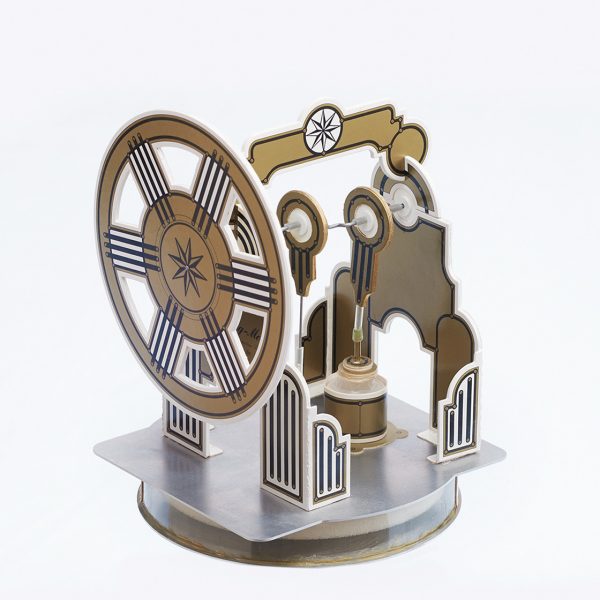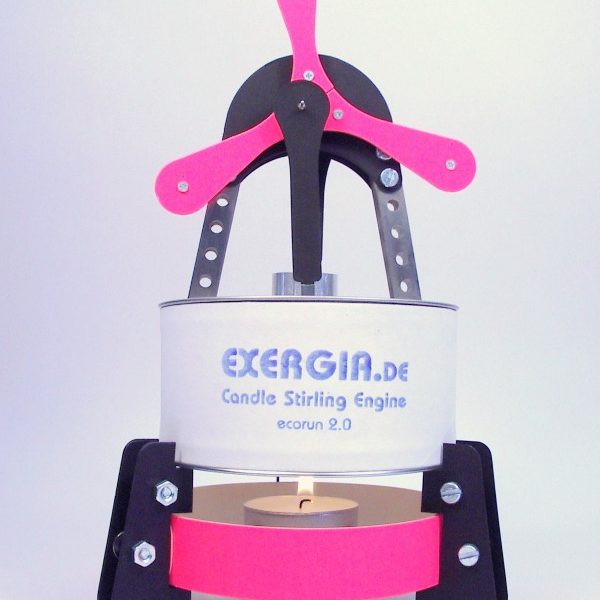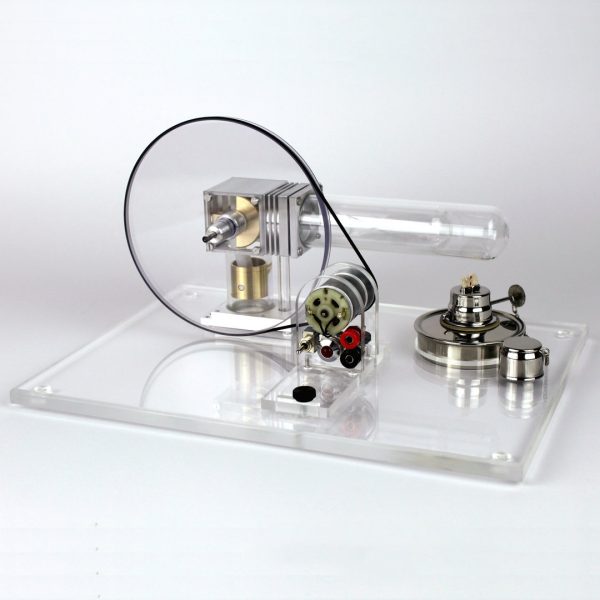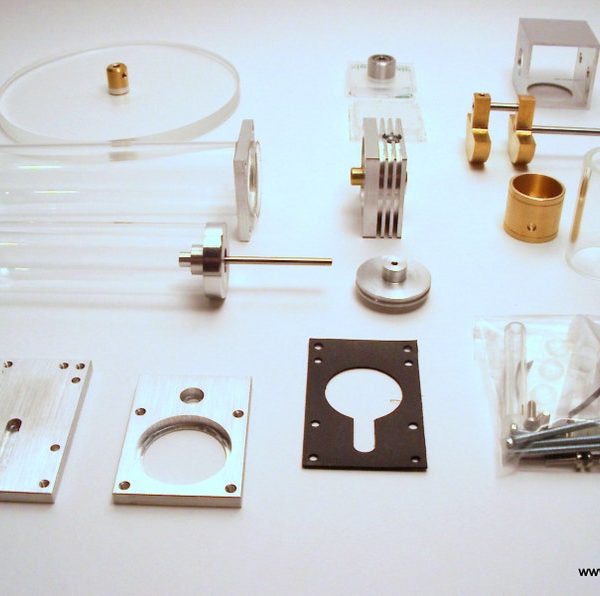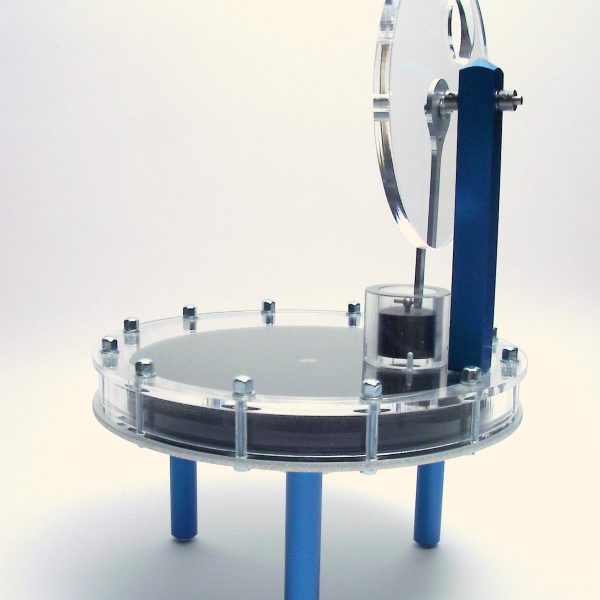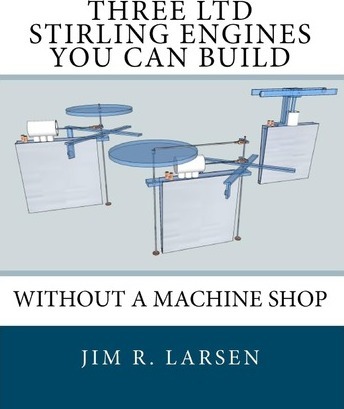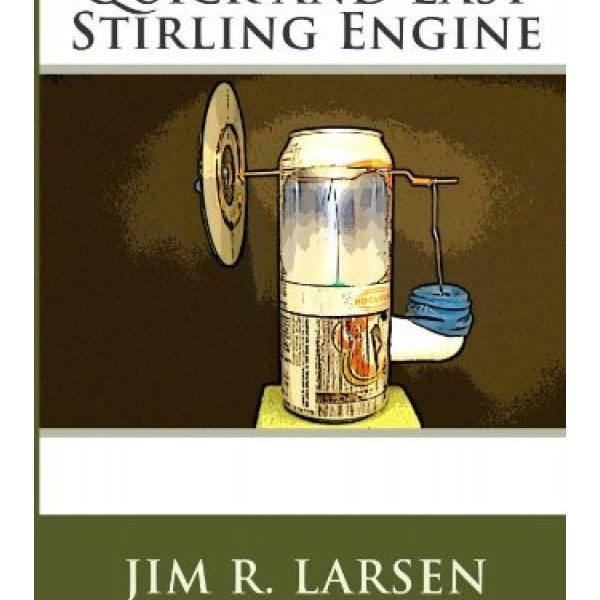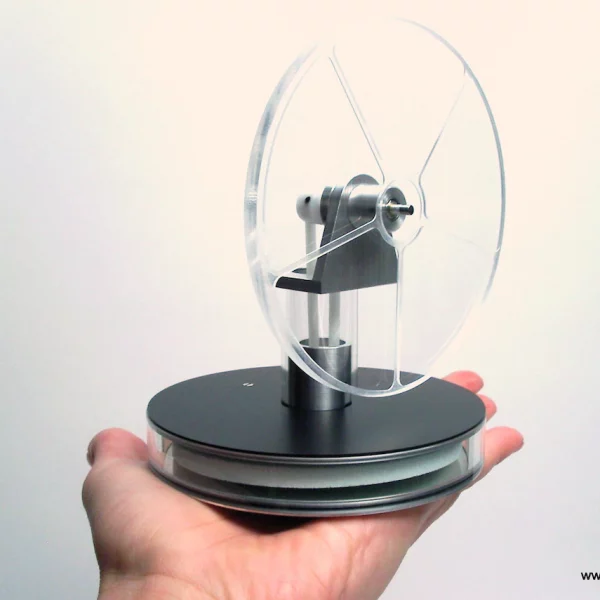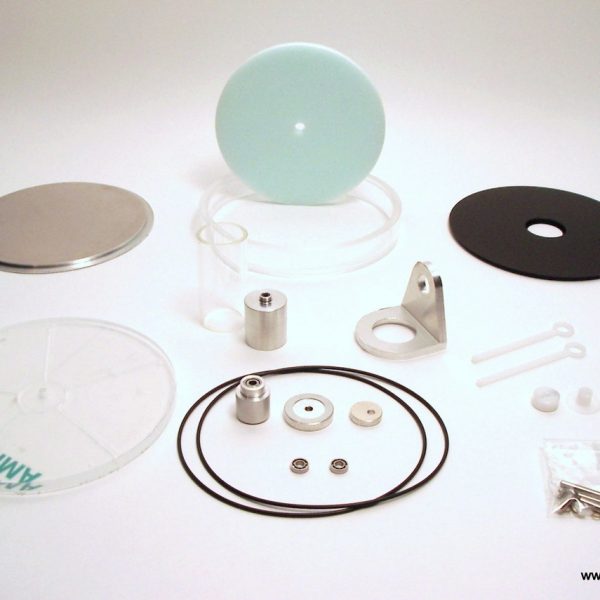Mint kits: Stirling Engine
-
Cardboard Stirling Engine Kit
€34.51 / inkl. 19% VATStirling engine powered by hot coffee, water, .. – Kit
-
HEATPOWER Engine
Stirling engine with generator and electrical load – assembled
€546.21Original price was: €546.21.€474.81Current price is: €474.81. / inkl. 19% VAT
Stirling engine: In search of an alternative to the established steam engine, the brothers James and Robert Stirling developed a new engine concept in 1815. The Stirling engine, often incorrectly referred to as the Sterling engine, used air as the working medium and thus avoided the risk of explosion in the boilers of the steam engines of the time. In contrast to the usual gasoline and diesel engines, the Stirling engine does not undergo internal combustion. It is only operated by supplying external heat and is therefore suitable for using any heat source. It is this property that makes the Stirling engine interesting again today in the search for alternative energy technologies. In the 1980s, Prof. I. Kolin (University of Zagreb), Prof. J. Senft (University of Wisconsin) and others realized Stirling engines for the first time, which were operated by temperature differences in the range of approximately 20 degrees Celsius and below could be driven.
Our Stirling models and kits are inspired by these ideas and impressively demonstrate the conversion of light and heat into mechanical kinetic energy. Our hot air motors are powered by light (sun or lamp), tea lights or low-temperature heat sources such as hand heat or waste heat from a coffee cup.

